getting started in cloth nappies part two
This website may earn commissions from purchases made through links in this post.
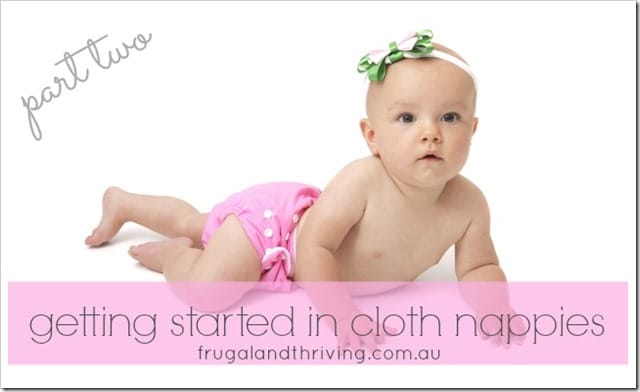
[See part one on choosing the right cloth nappy here].
The first few years of your child’s life don’t have to cost a fortune.
One of the main ways to save money (not to mention the environment) is to use cloth nappies, either full or part-time.
Choice estimates that you can save between $900 to $2,000 on the first child (assuming you wash in cold and line dry). You will save more if you have more than one child using the cloth nappies.
You can save even more than this if you use the cheaper terry flat nappies or second hand MCNs.
My Little Lady will turn two in just a few weeks time, which means we’re into our fourth year of using cloth nappies.
I did a rough estimate and it has cost us less than $500 over the four and a bit years (for two kids) and that includes nappy purchase, laundering, covers, snaps and using disposable liners.
Using cloth nappies is not that much harder or more time consuming than using disposables. And once you get your system up and rolling, the whole washing thing becomes just another part of your routine.
Here are the 3 things to consider when getting starting in cloth nappies.
1. Choose your nappies
There are dozens and dozens of nappy brands to choose from and as such this is probably the hardest part of using cloth nappies.
Last week’s article covered the types of cloth nappies available as well as tips on buying them.
As well as choosing which nappy to buy, you will need to decide how many nappies you will need.
It’s generally recommended you get 24 nappies for full time use. This will allow for 8 nappy changes a day and doing a load of laundry every 2 days.
If you plan to use cloth nappies part-time (maybe using disposables at night or when out), then you may not need 24 nappies. And remember that as a baby gets older, you usually won’t have to change the nappy quite so much, unless they are a heavy wetter (there was a big difference here between my son and daughter).
2. accessories and other paraphernalia
Once you have your nappies, there are a few other items to consider.
Besides the nappy bucket, these other items are optional, depending on what type of nappy you have chosen as well as your chosen laundry method:
- A bucket with a tight fitting lid
- Waterproof covers (if you aren’t buying all-in-ones)
- Fasteners (for prefolds or flats. Snappis are great nappy fasteners and you can pick these up from Kmart or Big W)
- Liners (these are totally optional but do make life easier. No scraping poo off nappies, simply lift out the liner and flush down the loo. Liners can be found cheaply at your local supermarket although these ones are not flushable. Look online for flushable liners.)
- Wipes (you can use reusable ones made simply from old cut up towels or terry flat nappies.)
- Nappy soaker (optional, see below)
- A clothes airer
3. choose your laundering system
The type of nappy you buy will dictate exactly how your wash your nappy, but there are essentially two options: wet ‘pailing’ and dry ‘pailing’.
Wet pailing refers to soaking your nappies in hot water, either plain or with nappy soaker or vinegar. It’s important not to soak covers.
Dry pailing, the more popular option these days, especially with MCNs (and especially those with covers attached), is where you simply rinse the nappy in cold water after use and place in a nappy bucket with lid, without soaking.
The cheapest option when it comes to washing nappies is to wash in cold water and line dry.
You can usually use regular washing powder when washing nappies (check the instructions of your particular nappy brand) or make your own laundry detergent.
While most nappies can be tumble dried, a clothes airer allows you to dry nappies without a dryer even in bad weather (not using a dryer will also help the nappies last longer if you want to keep them for siblings to come). See Getting your washing dry without a dryer for further details.
And that’s it. Just add baby.
When it comes to using cloth nappies, simply change bub, deposit any deposits into the loo, give the nappy a rinse and pop it into your nappy bucket. Then do a load of washing every couple of days.
Before you know it (it doesn’t feel like this time goes fast but it does looking back), that little baby will grow into a self-sufficient toileting toddler and those couple of extra minutes a day you spent washing nappies will mean hundreds of extra dollars to put towards something else.
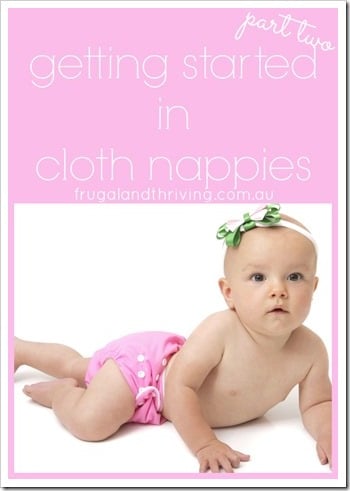

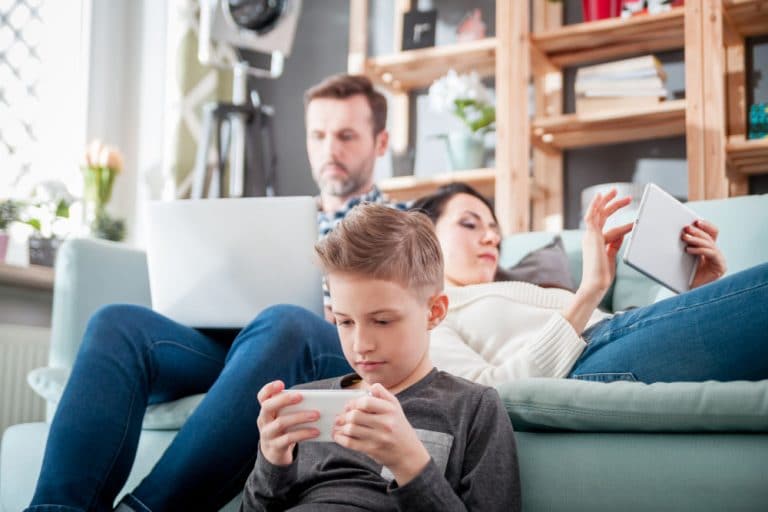

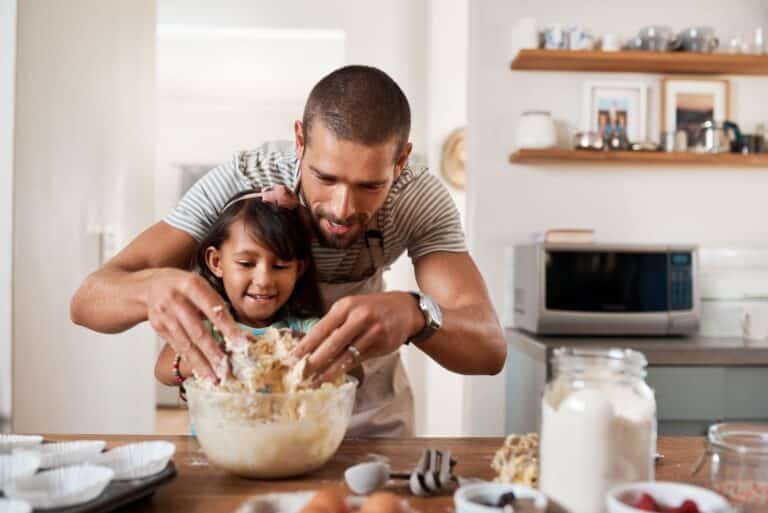
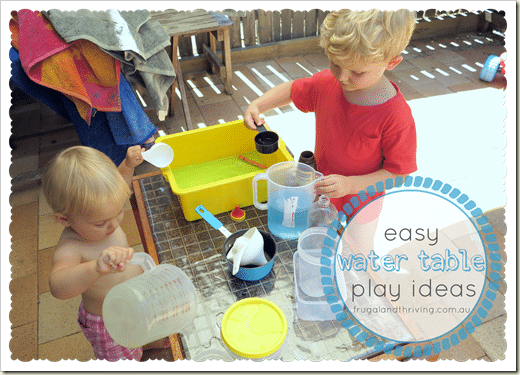

Both my two kids are in MCN’s. I use BumGenius one-size-fits-all nappies & use disposables at night – which I’d love to phase out but I like my sleep too much to get up in the night to change a nappy! I find that when I tell people I use cloth nappies they are amazed…Despite them being quite popular now. I think there is a misconception that they are hard to use/wash and that disposables are just much easier.
The only bad thing I have to say about my journey with cloth nappies is that after using them for just over two years, I found the elastic needed to be replaced to keep the fit snug & stop leaks. I have a two year old & a three month old in them & I have 20 nappies, which get washed every two days. I use non-disposable liners for the 2yr old & I use terry cloths with water or Naty biodegradable wipes. Coconut oil can be a great natural moisturiser in place of nappy creams.
Disposables are easy to use but they are terrible on the wallet & so bad for the environment. Cloth is a much better alternative for our household!
Thanks Jemma for your comment :). Great tip about the coconut oil. Thanks for sharing your experiences, when my little lady was born my first was just over two…we only did a few months with two children in nappies before I decided it was time to potty train :).
I had cloth nappies for two kids. Used the Econ nappies Australia Brand. Loved been a eco mum.
We try our best to do the right thing.
I was glad my bin was not filled with stinky disposable nappies.